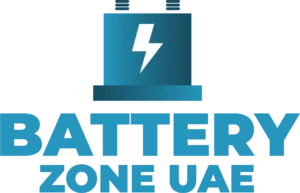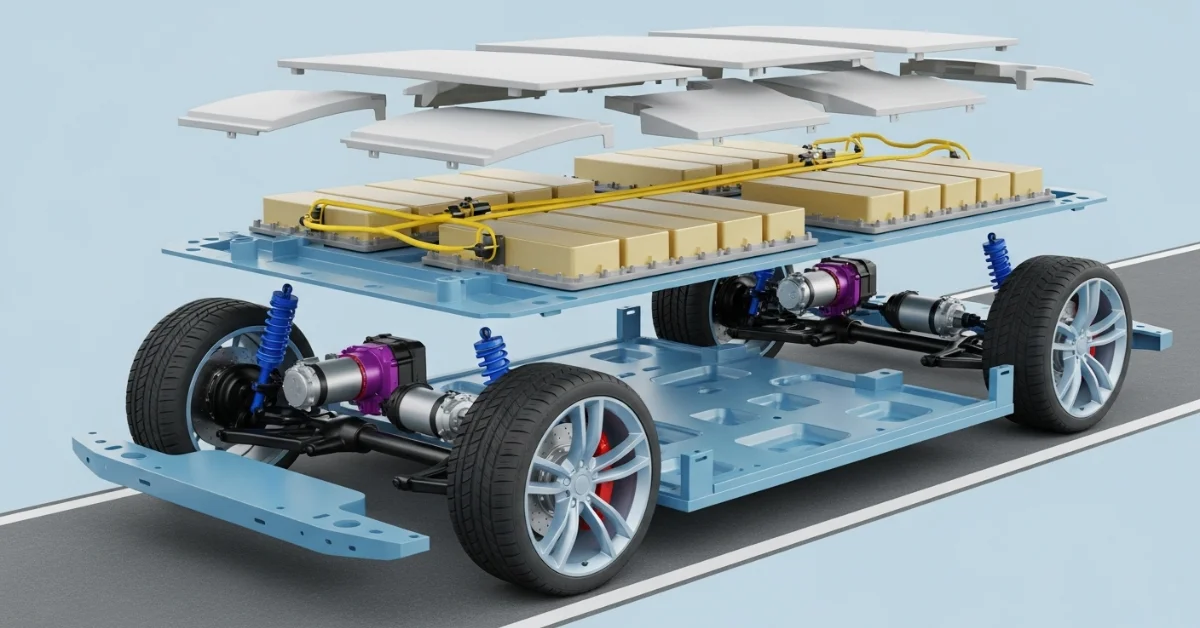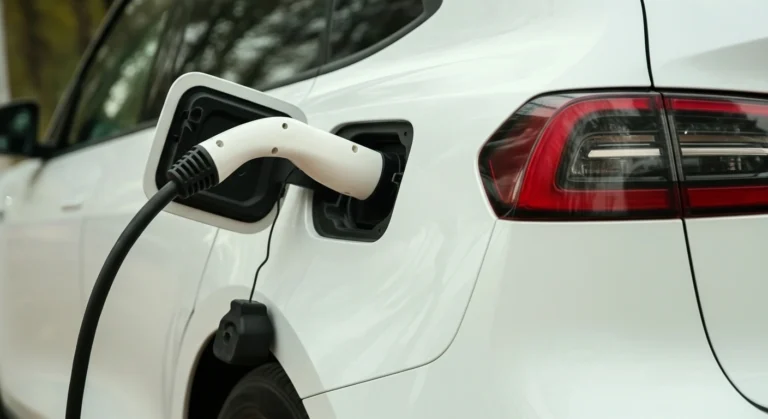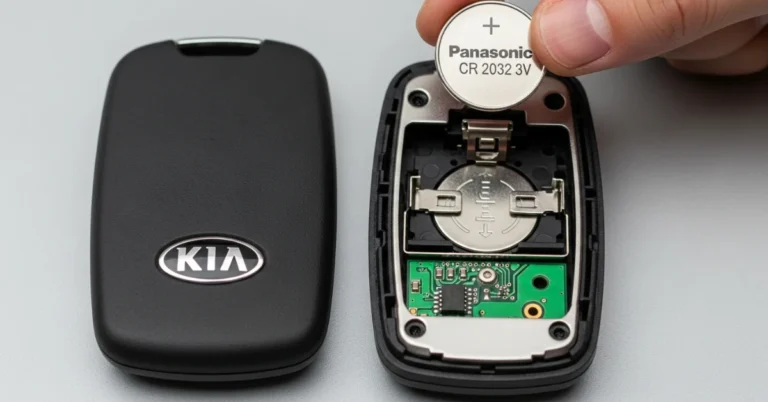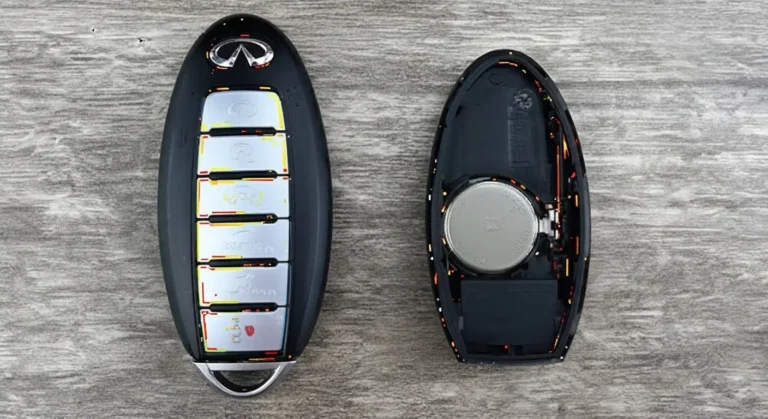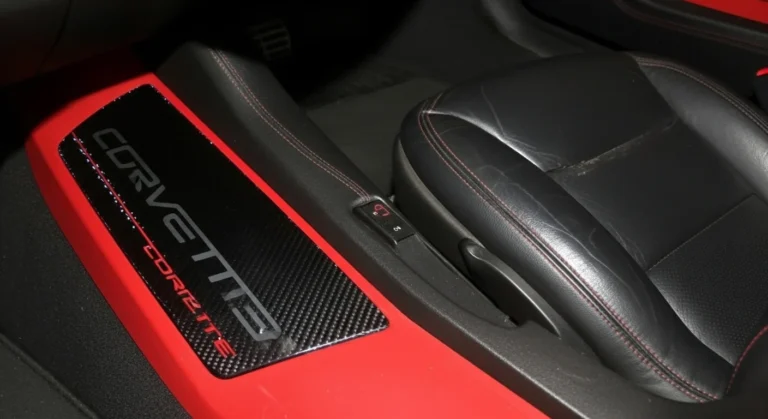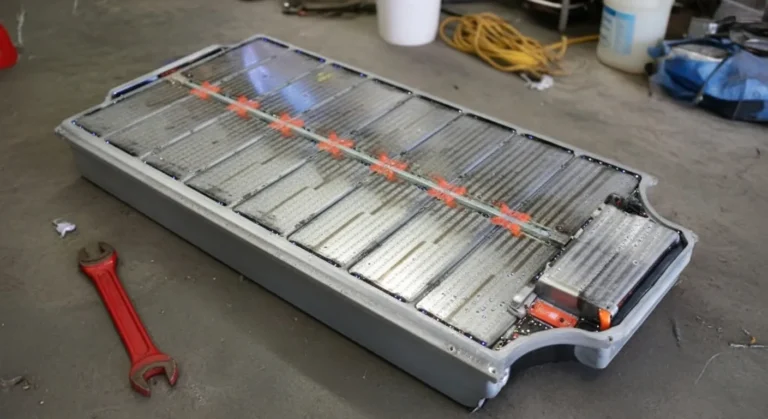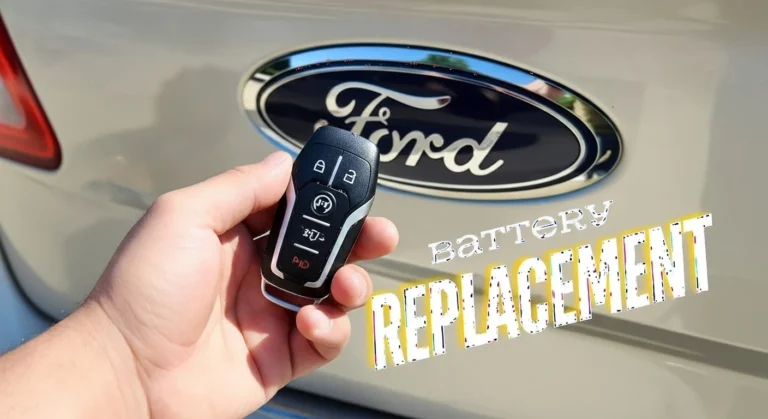What is the warranty on a Tesla battery?
Tesla has become a global symbol of innovation, performance, and clean energy. One of its biggest advantages is the long-lasting electric battery that powers every vehicle. However, many Tesla owners often wonder — what exactly does the Tesla battery warranty cover?
In this guide, we’ll break down Tesla’s battery warranty in simple words. You’ll learn how long it lasts, what it includes, what voids it, and how to get the most from it. We’ll also explain what to do if your battery fails and how services like Car JumpStart Service, Emergency Fuel Delivery, or Roadside Assistance can save the day when things go wrong.
Understanding the Tesla Battery Warranty
Tesla offers one of the most generous electric vehicle warranties in the industry. The warranty covers the battery and drive unit — the two most critical and expensive components of the car.
Here’s how Tesla structures its warranty:
- Duration: 8 years from the date of purchase.
- Mileage Limit: Depends on the model you own.
- Model 3 Standard Range (RWD): 100,000 miles
- Model 3 Long Range & Performance: 120,000 miles
- Model Y Long Range & Performance: 120,000 miles
- Model S and Model X: 150,000 miles
- Model 3 Standard Range (RWD): 100,000 miles
- Battery Capacity Guarantee: Tesla guarantees that the battery will retain at least 70% of its original capacity during the warranty period.
That means if your battery drops below 70% capacity before reaching the time or mileage limit, Tesla will repair or replace it free of charge.
What the Warranty Covers
Tesla’s warranty is designed to give peace of mind to owners. It primarily covers two major aspects:
- Manufacturing Defects:
If your battery or drive unit develops a defect caused by faulty manufacturing, Tesla will repair or replace it at no cost. - Capacity Loss Below 70%:
If the battery’s range or charge capacity falls below 70% during the warranty period, you’re entitled to a replacement or repair.
This coverage ensures your car continues to deliver efficient performance and long driving range throughout most of its life.
What’s Not Covered
While Tesla’s warranty is solid, it’s not all-inclusive. Here are some conditions and situations that aren’t covered:
- Normal Degradation:
Every battery loses some capacity over time. Tesla only intervenes if capacity drops below 70%, which is considered abnormal. - Accidental Damage:
Any damage from accidents, fire, flooding, or improper towing is not covered under warranty. - Unauthorized Repairs:
Getting your Tesla repaired by an unauthorized service provider can void your warranty. - Modifications or Tampering:
Altering the battery, software, or power system outside Tesla’s guidelines can lead to warranty cancellation. - Neglect or Improper Maintenance:
Failing to follow Tesla’s recommended charging and storage practices may disqualify you from coverage.
Why This Warranty Matters
A Tesla battery replacement can cost anywhere between $10,000 to $20,000, depending on the model. That’s a huge expense most owners would rather avoid.
Tesla’s battery warranty gives owners financial protection against early battery failure. It also reflects the brand’s confidence in its battery technology, which is built to last more than 300,000 miles in most cases.
For anyone planning to buy a used Tesla, checking the remaining warranty period is also important. If the car is still within warranty, you have a safety net in case of major issues.
How to File a Warranty Claim
If you believe your Tesla battery is underperforming or has developed a defect, follow these steps to file a warranty claim:
- Check Your Vehicle’s Mileage and Age:
Make sure it’s still within the 8-year or mileage limit. - Schedule a Service Appointment:
Open the Tesla app and book a service appointment. Tesla’s technicians will diagnose your vehicle and confirm whether the issue is covered under warranty. - Provide Details:
Describe any symptoms, such as reduced driving range, slow charging, or system errors. - Follow Tesla’s Guidance:
If covered, Tesla will replace or repair the battery at no additional cost.
If your car is undrivable while waiting for service, you can always rely on Roadside Assistance. Tesla offers this, but if you prefer a faster local response, Battery Zone provides roadside help to get you moving again.
Tesla Battery Life: What to Expect
Even without a warranty claim, understanding your battery’s lifespan helps you maintain your car better.
Most Tesla batteries last well beyond the warranty period. Data shows that after 200,000 miles, Tesla batteries still retain around 80% of their original capacity. That’s impressive compared to most EVs.
Still, factors like extreme heat, frequent fast charging, or deep discharges can shorten battery life. Following Tesla’s recommended charging habits — like keeping the charge between 20% and 80% for daily use — can help preserve capacity.
When to Use Car JumpStart or Roadside Services
While Tesla vehicles are electric, they still use a 12-volt auxiliary battery for essential functions like starting systems, lights, and locks. If that smaller battery fails, the car might not start or power up.
That’s when the Car JumpStart Service from Battery Zone becomes essential. Our technicians can safely jump-start your Tesla without risking damage to its sensitive electronics.
Similarly, if your Tesla stops working on the road due to a dead battery or system error, Roadside Assistance is your best option. We can tow your car to the nearest service center or charge point safely.
And though Tesla cars don’t use gasoline, some hybrid owners or fleet managers might occasionally need Emergency Fuel Delivery for support vehicles. Having these services available ensures peace of mind, no matter the situation.
Common Scenarios and Warranty Reactions
Let’s look at a few examples of how the warranty works in real life:
- Scenario 1: Your Tesla loses 35% battery capacity after five years.
Tesla will replace or repair your battery under warranty since it’s below the 70% threshold. - Scenario 2: You damaged the battery in an accident.
The repair won’t be covered by Tesla’s battery warranty. Insurance would handle it instead. - Scenario 3: Your 12V battery dies.
Not covered under the high-voltage warranty, but you can use Car JumpStart Service from Battery Zone. - Scenario 4: You modified your Tesla software for higher performance.
This could void the warranty completely, even for unrelated issues.
Knowing these situations helps you make smarter decisions about maintenance and warranty protection.
Tips to Maximize Battery Life
A few simple habits can go a long way toward keeping your Tesla battery healthy:
- Avoid Full Charges Daily: Charge up to 80–90% for regular use.
- Don’t Let It Stay at 0% or 100% for Long Periods.
- Limit Fast Charging: Use Superchargers occasionally; rely on home charging more often.
- Park in Moderate Temperatures: Heat can accelerate battery wear.
- Schedule Regular Checkups: Annual maintenance ensures your battery management system is in top condition.
Following these habits can extend your battery’s lifespan well beyond the warranty period.
Final Thoughts
The Tesla battery warranty is one of the strongest in the EV industry, offering 8 years of coverage and guaranteeing a 70% capacity retention. It protects you against costly repairs, gives peace of mind, and ensures your car stays efficient for years.
Still, even with such coverage, breakdowns can happen — especially involving the 12V system or roadside issues. That’s why services like Car JumpStart Service, Emergency Fuel Delivery, and Roadside Assistance are essential parts of responsible car ownership.
At Battery Zone, we specialize in keeping your vehicle powered and protected — whether you drive an electric Tesla or a fuel-powered car. Our professional team is ready to help anytime you’re stranded, out of charge, or just need a quick jump-start.
